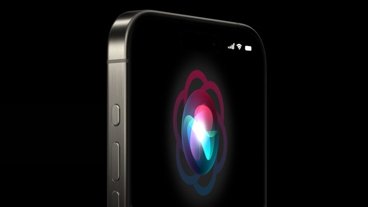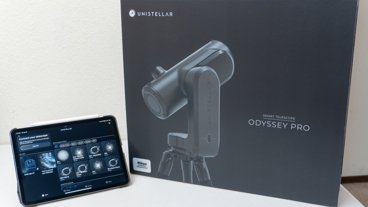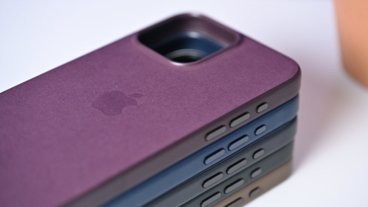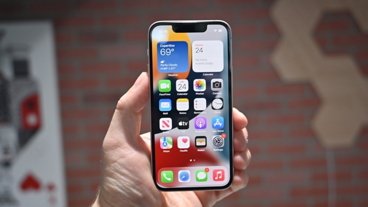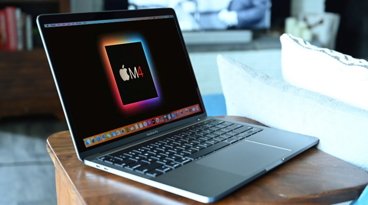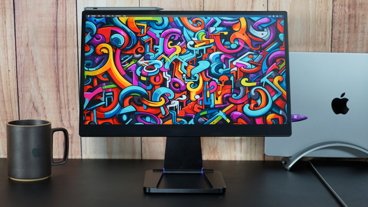Apple yanks widget apps, likely to add feature to iPhone OS 4
Death to widgets
Developer Russell Ivanovic posted on his blog that his app, MyFrame by Groundhog Software, was targeted by Apple in a call that stated his app would be removed, "stating that they were doing a cull of any applications that presented widgets to the user."
Ivanovic said he earlier defended Apple's App Store policies as being straightforward, with rejection cases in his experience all being based on situations that were "extremely well documented as to what you can and can’t do."
His own rejection, based on an idea Apple imposed without prior warning, and sanctioned against an app that had previously been approved by the company, set Ivanovic off to complain directly to Steve Jobs.
Jobs reportedly replied, "We are not allowing apps that create their own desktops. Sorry." Ivanovic's app adds a layer of information over user's own photos, similar to Microsoft's Vista Gadgets or Mac OS X's Dashboard, although the app is not integrated into the iPad desktop, and is launched like any other app.
Speaking of the initial call he received, Ivanovic said, "I really do get the impression that the guy we were talking to on the phone was being as evasive as he could, even though he didn’t want to be, because he was terrified of giving us any more information than he had to."
Apple likely adding widgets to iPhone OS 4
After multitasking, the ability to run minor widget functions from the Home page is one of the primary, obvious features unique to Android. It is therefore likely that Apple would want to match that capability to prevent its own smartphone from looking deficient. It's also impossibly unlikely that Apple would want to cede that feature to a third party app.
Additionally, as AppleInsider noted in its original iPad review, Apple has removed common minor apps of the iPhone from the iPad's Home page, apps such as Stocks, Weather, and Clock that would seem to make more sense running as Home page widgets rather than full blown apps taking up the whole screen.
It is also expected that Apple will add new support for individual contacts on the Home page, similar to website URLs that act as bookmark shortcuts. Apple has already announced Folders as a new iPhone OS 4 feature, intended to organize apps together into related groups.
Apple has maintained tight control over the Home page experience, as well as its own bundled apps such as Phone, sandboxing third party developers into discrete apps and outlawing any mechanism for modifying or enhancing the appearance of the Lock or Home screens key elements of the iPhone OS experience that are tantamount to the PC desktop. Apple also blocked Google Voice on the basis that it replaces the functionally of core bundled apps.
Maintaining a strong product identity
In stark contrast, Google has allowed its partners and third party developers to make substantial changes to the core user interface in Android, resulting in different user interface layers (such as HTC's Sense UI or Motorola's Blur) which differentiate those partners' products at the expense of creating a solid identity for Android (pictured below).
While Android is often compared to Microsoft's Windows PC platform of the 1990s, Microsoft maintained increasingly strict control over the PC desktop precisely to avoid the incompatible mess of options that DOS PC makers were offering in competition to the Mac in the late 80s.
Microsoft restricted PC makers from adding their own significant user interface modifications and even forced them to bundle its own apps (including Internet Explorer) while pressuring them to avoid bundling competing apps such as Netscape and Apple's QuickTime. The result was an immediately identifiable desktop for Windows 95 and successive versions. At the same time, Microsoft also effectively killed the existing top third party apps of the day, including Word Perfect and Lotus 123, replacing them with its own Office apps ported from the Macintosh.
Microsoft has since created strong, unique desktop branding for Windows 2000, XP, Vista and Windows 7 that makes each product instantly recognizable to consumers. Apple has done the same with major versions of Mac OS X. Conspicuously absent from this strong branding are the various distributions of Linux, which all sport unique looks and in some cases, wildly divergent user interfaces. That inconsistency has also played a part in the failure of Linux to gain traction among desktop PC users.
Google has so far only seemed interested in maintaining the presence of its own "with Google" apps on Android, allowing hardware makers to deliver devices under the Android name that all look and feel very different. Whether Google will shift gears to impose tighter standards for Android, or conversely, be able to attract more attention from users with an infinite variety of choices, remains to be seen.
 Daniel Eran Dilger
Daniel Eran Dilger
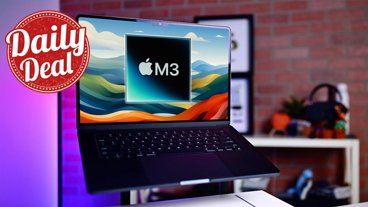
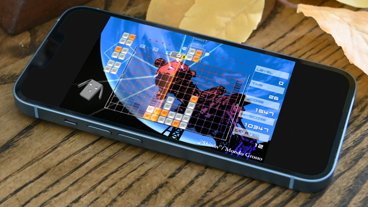
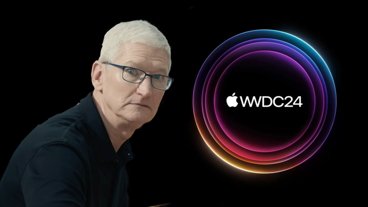


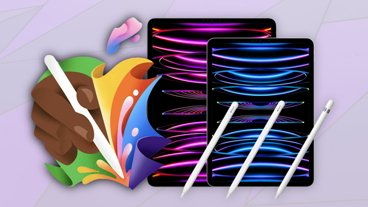
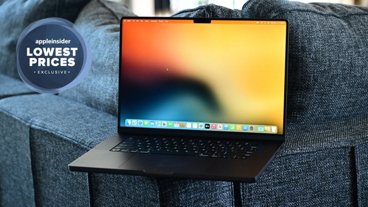

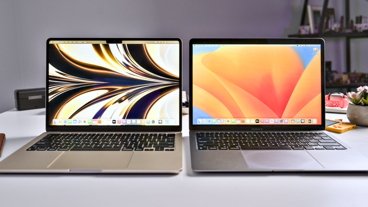
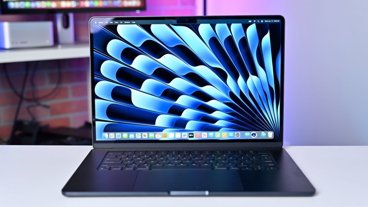
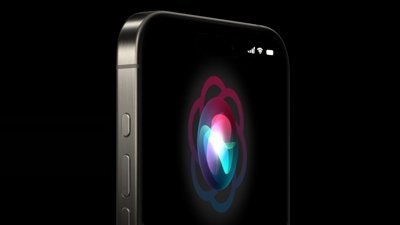
 Mike Wuerthele
Mike Wuerthele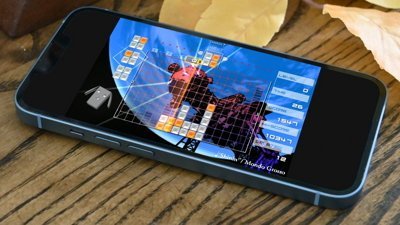
 Malcolm Owen
Malcolm Owen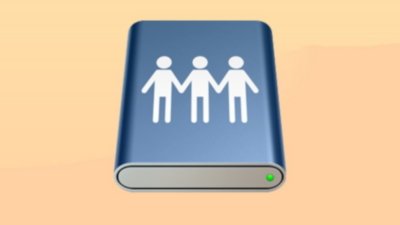
 Chip Loder
Chip Loder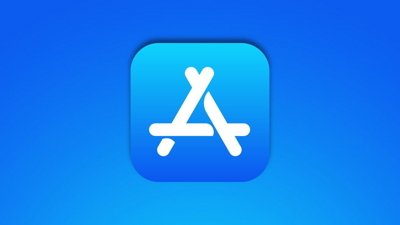

 William Gallagher
William Gallagher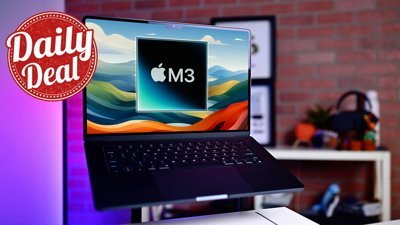
 Christine McKee
Christine McKee
 Michael Stroup
Michael Stroup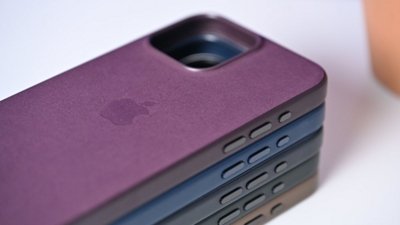
 William Gallagher and Mike Wuerthele
William Gallagher and Mike Wuerthele